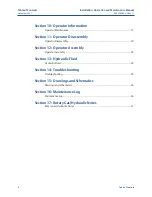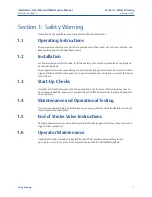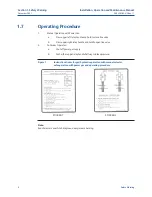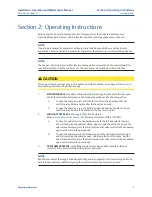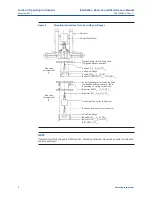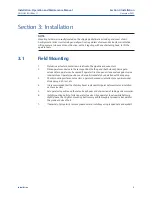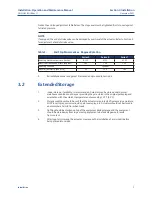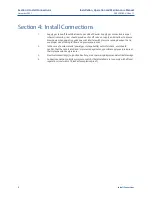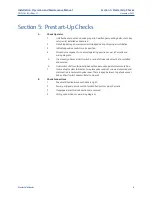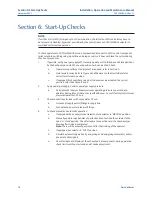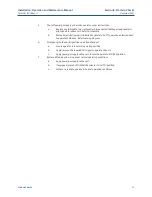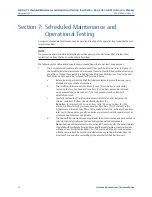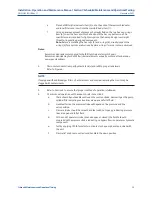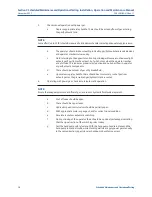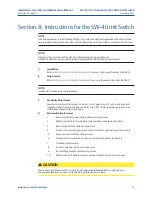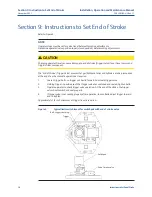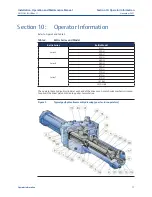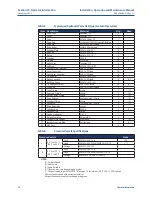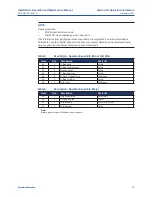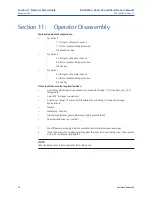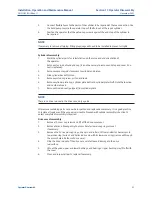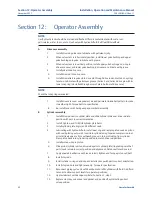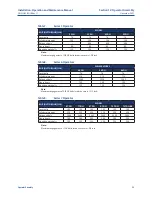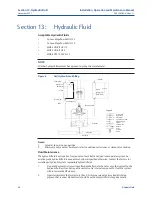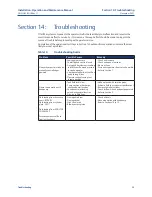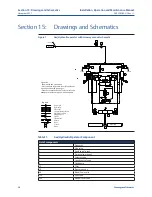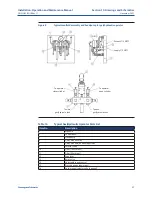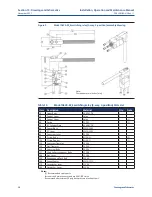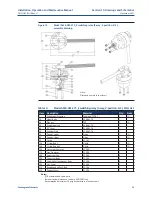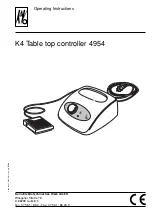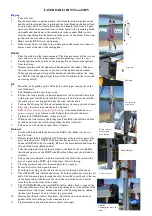
November 2021
Installation, Operation and Maintenance Manual
DOC.IOM.RG.US Rev. 11
14
Section 7: Scheduled Maintenance and Operational Testing
Scheduled Maintenance and Operational Testing
5.
Check manual operation with power gas.
a.
Depress appropriate relay handle. There should be a steady flow of gas entering
the gas/hydraulic tank.
NOTE:
Some effort (up to 50 lb) should be required to fully depress handle, indicating adequate supply pressure.
b.
The operator should stroke smoothly, indicating gas/hydraulic tank levels are okay
and operator mechanicals are okay.
c.
Fluid returning to the opposite tank during stroking will cause a continuous slight
exhaust gas flow from exhaust port, but which stops when the operator reaches
end of stroke. This indicates proper relay function and no bypass flow in operator
or gas/hydraulic components.
d.
There should be no leaks of gas or hydraulic fluid.
e.
Upon releasing relay handle, there should be a momentary rush of gas from
exhaust port as the pressurized gas/hydraulic tank is vented.
6.
Operating with power gas, check remote/automatic operation.
NOTE:
Ensure that adequate pressure and flow of gas, and correct hydraulic fluid levels are present.
a.
Shut off valve should be open.
b.
There should be no gas leaks.
c.
Hydraulic speed control valves should be partially open.
d.
With appropriate meter or gauge, check for correct signal condition.
e.
Simulate remote or automatic switching.
f.
During stroking of the operator, there should be no signal gas leakage indicating
that the signal section of the switching relay is okay.
g.
Test the handpump safety feature. With the handpump handle in place and the
handpump in manual mode, while standing well clear, apply power gas manually
in the same direction (open/close) as handpump handle movement.

